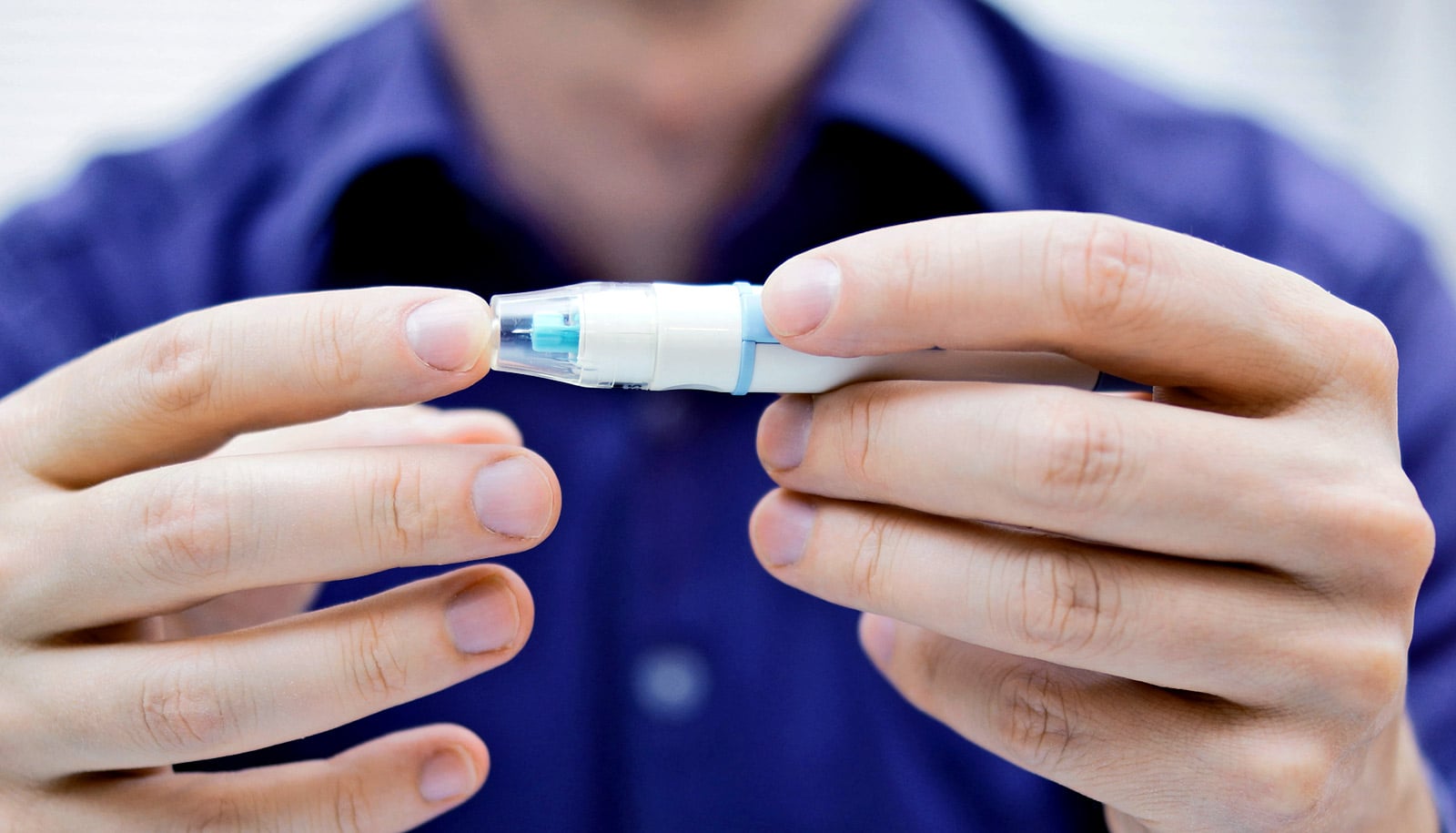A new data-driven approach is offering insight into people with type 1 diabetes, who account for about 5-10% of all diabetes diagnoses.
The researchers gathered information through health informatics and applied artificial intelligence (AI) to better understand the disease.
In the study, they analyzed publicly available, real-world data from about 16,000 participants enrolled in the T1D Exchange Clinic Registry. By applying a contrast pattern mining algorithm, researchers were able to identify major differences in health outcomes among people living with type 1 diabetes who do or do not have an immediate family history of the disease.
The technique is exploratory in nature, says Chi-Ren Shyu, professor in the University of Missouri College of Engineering, who led the AI approach.
“Here we let the computer do the work of connecting millions of dots in the data to identify only major contrasting patterns between individuals with and without a family history of type 1 diabetes, and to do the statistical testing to make sure we are confident in our results,” says Shyu, director of the Institute for Data Science and Informatics (MUIDSI).
The analysis resulted in some unfamiliar findings, says Erin Tallon, a graduate student in the MUIDSI, and lead author of the paper in Diabetes Care.
“For instance, we found individuals in the registry who had an immediate family member with type 1 diabetes were more frequently diagnosed with hypertension, as well as diabetes-related nerve disease, eye disease, and kidney disease,” Tallon says.
“We also found a more frequent co-occurrence of these conditions in individuals who had an immediate family history of type 1 diabetes. Additionally, individuals who had an immediate family history of type 1 diabetes also more frequently had certain demographic characteristics.”
Tallon’s passion for this project began with a personal connection, and quickly grew as a result of her experience working as a nurse in an intensive critical care unit (ICU). She would often see patients with type 1 diabetes who were also dealing with other co-existing conditions such as kidney disease and high blood pressure.
Knowing that a person’s type 1 diabetes diagnosis often occurs only when the disease is already very advanced, she wanted to find better ways for prevention and diagnosis, starting with finding a way to analyze the large amounts of publicly available data already collected about the disease.
In 2019, Mark Clements, who is a pediatric endocrinologist at Children’s Mercy Kansas City, professor of pediatrics at University of Missouri-Kansas City, and corresponding author of the study, was invited to speak at the Midwest Bioinformatics Conference hosted by BioNexus KC.
While Tallon wasn’t able to attend Clements’ presentation, she followed up with a phone call to share her proposal for helping people better understand Type 1 diabetes. He was intrigued. Eventually, Tallon introduced Clements to Shyu.
“Type 1 diabetes is not a single disease that looks the same for everybody—it looks different for different people—and we’re working on the cutting-edge to address that issue,” Tallon says. “By analyzing real-world data, we can better understand risk factors that may cause someone to be at higher risk for developing poor health outcomes.”
While the results are promising, Tallon says researchers were limited by not having a population-based data set to work with.
“It is important to note here that our findings do have a limitation that we hope to address in the future by using larger, population-based data sets,” Tallon says. “We’re looking to build larger patient cohorts, analyze more data and use these algorithms to help us do that.”
Clements hopes the approach can be adopted as a way to help develop personalized treatment options for people with diabetes.
“In order to get the right treatment to the right patient at the right time, we first need to understand how to identify the patients who are at a higher risk for the disease and its complications—by asking questions such as if there are characteristics early in someone’s life that can help identify an individual with high risk for an outcome years down the road,” Clements says.
“Having all of this information could one day help us establish a more complete picture of a person’s risk, and we can use that information to develop a more personalized approach for both prevention and treatment.”
The T1D Exchange Clinic Registry, the Helmsley Charitable Trust, the National Institutes of Health, and the National Science Foundation funded the work.
Potential conflicts of interest are also noted by two of the study’s authors—Clements and Shyu. Clements is the chief medical officer at Glooko, and receives support from Dexcom and Abbot Diabetes Care. Shyu is a consultant for Curant Health.
Source: University of Missouri



